Imagine biting into a warm, golden slice of honey butter toast—crispy on the edges, soft in the middle, and bursting with sweet, buttery goodness.
This simple dish is the perfect way to start your day, elevate a snack, or add a touch of indulgence to any moment.
And the best part? It’s super easy to make!
In this article, we’ll guide you through everything you need to know to create flawless honey butter toast. From picking the best ingredients to avoiding common pitfalls, and even exploring some creative variations, this guide has it all.
Whether you’re a breakfast lover or just someone who appreciates a quick, tasty treat, you’re in for a delicious journey.
Why Honey Butter Toast is the Ultimate Comfort Food
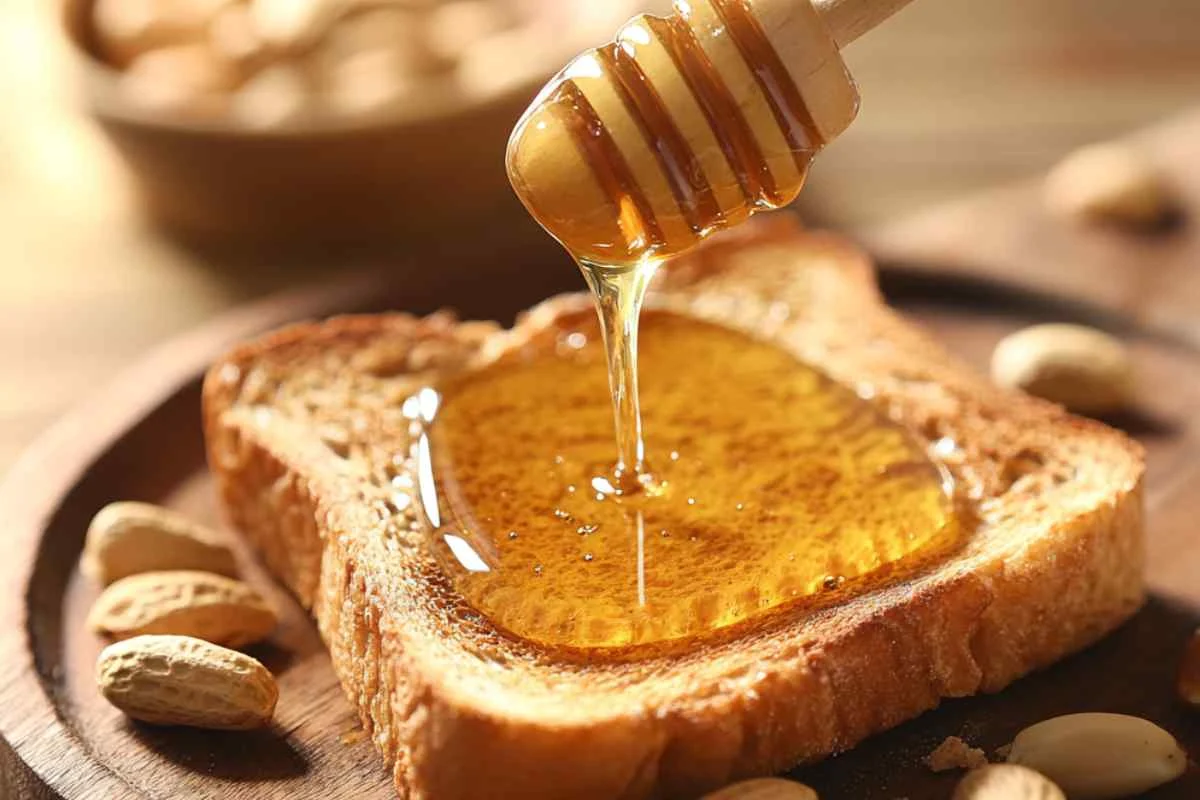
Honey butter toast isn’t just food—it’s an experience. The rich, buttery flavor, combined with the natural sweetness of honey, creates a taste that’s as comforting as a warm hug.
This simple yet satisfying treat has a way of brightening even the dullest mornings. And let’s be honest, it’s hard to resist the golden, caramelized edges of a perfectly toasted slice!
One of the reasons honey butter toast stands out is its versatility. It’s the kind of dish that can be tailored to suit your mood. Whether you want something sweet, a little savory, or even a combination of both, it’s a blank canvas waiting for your creativity.
Health Benefits of Honey Butter Toast
You might be surprised to learn that honey butter toast isn’t just a tasty indulgence—it can also be a source of natural goodness.
Honey, for instance, is packed with antioxidants and has been praised for its immune-boosting properties. It’s a natural sweetener, so you can enjoy a little sweetness without relying on processed sugar.
When paired with high-quality butter and whole-grain bread, this dish becomes a balanced snack or breakfast option.
The carbs provide energy, while the butter offers satisfying fats to keep you full. It’s proof that delicious and nutritious can go hand in hand!
Ready to make your own honey butter toast?
Let's dive into the essentials you’ll need, from the perfect bread to the tools that make preparation a breeze.
The Essentials: Ingredients and Tools You Need
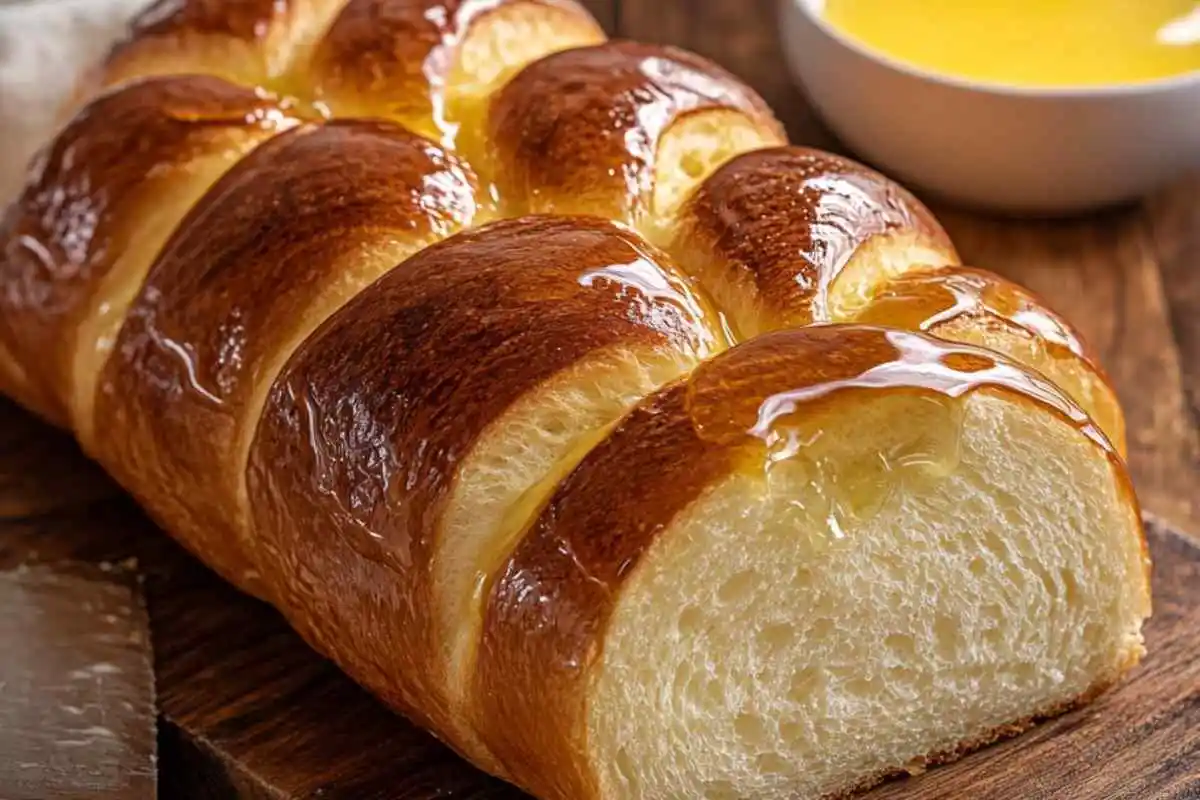
When it comes to honey butter toast, not all bread is created equal. To achieve that perfect balance of crispiness and fluffiness, you’ll want to choose a bread that toasts beautifully.
Brioche is a popular choice for its slightly sweet flavor and soft texture. Sourdough is another winner, offering a tangy taste and a hearty crust that holds up well to the honey butter mixture.
If you’re leaning toward a healthier option, whole wheat or multigrain bread is excellent for adding a nutty undertone and a bit of texture.
For tips on creating breakfast recipes with hearty bread options, you can explore breakfast recipes with sourdough bread.
Choosing the Right Honey and Butter
The stars of the show are, of course, the honey and butter. For the butter, go with unsalted if you want full control of the flavor or salted for a slightly savory contrast.
If you’re feeling fancy, European-style cultured butter adds a rich, creamy texture that takes your toast to the next level.
When it comes to honey, the possibilities are endless. Clover honey is mild and versatile, while wildflower honey has a deeper, floral flavor.
You can even experiment with flavored honeys, like lavender or orange blossom, for a unique twist.
Tools That Make a Difference
A toaster is the most common tool for making honey butter toast, but don’t stop there! A skillet can add a buttery crunch when you toast the bread directly on the stovetop.
If you’re prepping for a group, an oven or broiler works wonders for toasting multiple slices at once. Also, a small spatula or butter knife is essential for spreading the honey butter mixture evenly.
How to Make Honey Butter Toast
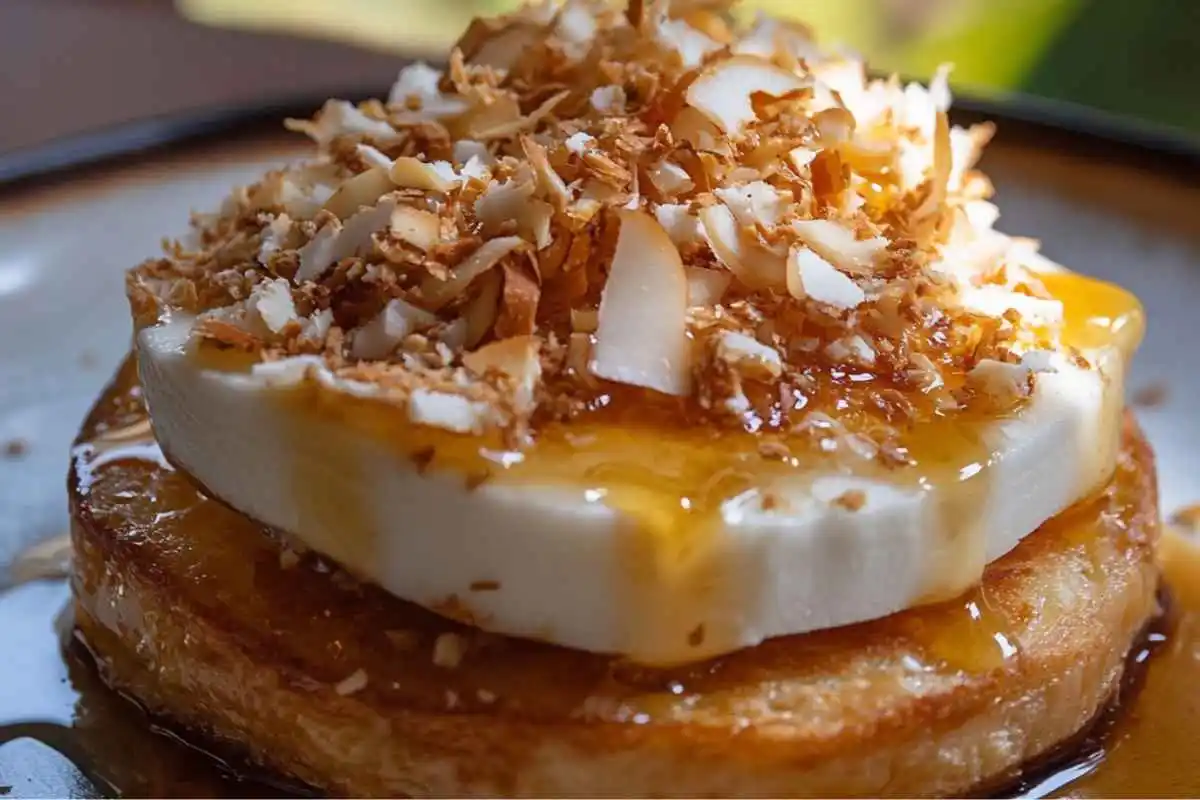
1- Preparing the Honey Butter Mix
The secret to the best honey butter toast lies in the spread. Start by combining equal parts softened butter and honey in a small bowl. Whisk or beat the mixture until it’s light, fluffy, and fully blended. Want to elevate the flavor? Add a pinch of cinnamon or a dash of vanilla extract for an extra layer of deliciousness.
2- Toasting the Bread to Perfection
Whether you use a toaster, skillet, or oven, getting the right toast is crucial. For toasters, aim for a medium setting that gives a golden-brown crust without over-drying the bread. Using a skillet? Melt a little butter over medium heat, then place your bread in the pan. Flip after a couple of minutes to toast both sides evenly.
If you’re using an oven, preheat to 375°F, spread a thin layer of butter on the bread, and place it on a baking sheet. Bake for about 6–8 minutes, flipping halfway through for even browning.
3- Perfect Application of Honey Butter
Once your bread is toasted to perfection, it’s time for the honey butter. Spread the mixture generously on the warm toast, allowing it to melt slightly into the bread. For a pro finish, drizzle a little extra honey on top or sprinkle a touch of flaky sea salt for a flavor contrast.
Common Mistakes to Avoid
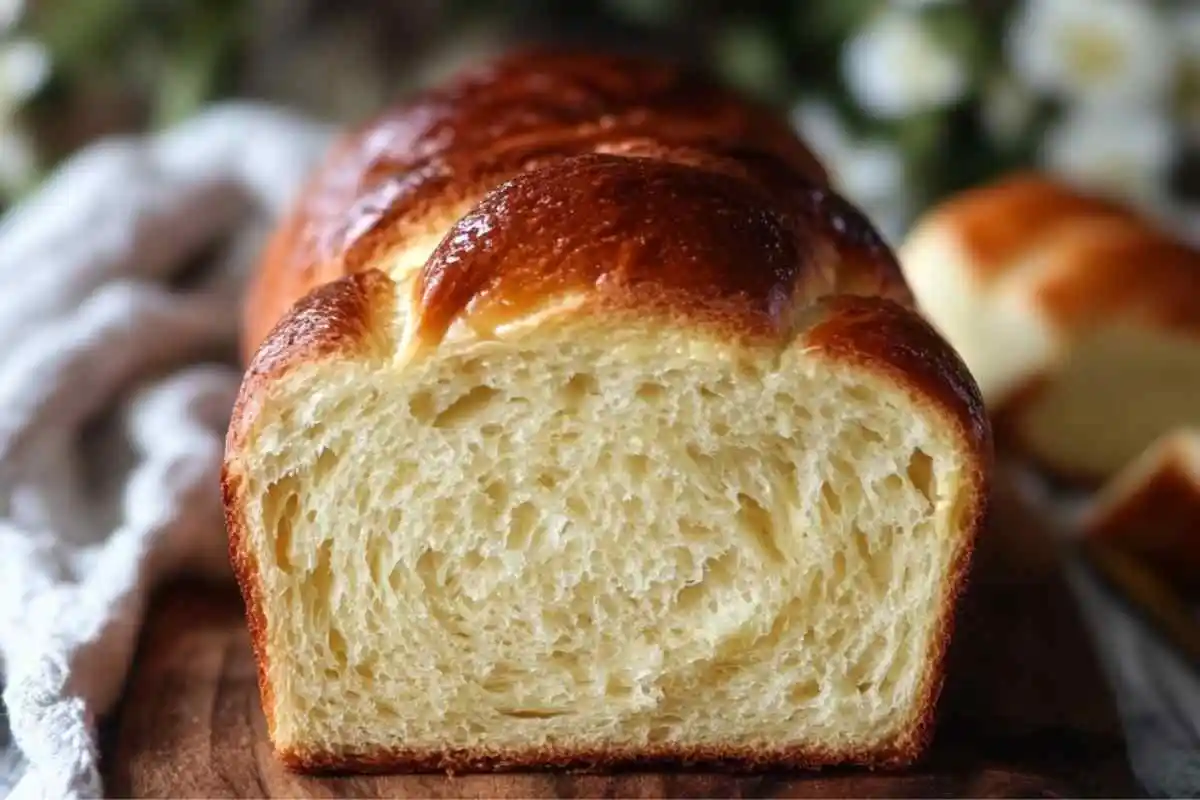
Over- or Under-toasting the Bread
Getting the right toast level is key to creating the perfect honey butter toast. Toasting your bread too lightly leaves it limp, unable to hold up to the honey butter, while over-toasting can create an unappetizing burnt flavor. Always aim for a golden-brown finish.
If you’re using a toaster, experiment with the medium setting to find your sweet spot.
When toasting in a skillet or oven, keep a close eye—bread can go from perfect to burnt in seconds. Don’t walk away from the stove or set the oven timer and forget!
Using Cold Butter or Honey
Cold butter is hard to spread and can leave clumps on your toast. Honey that’s too thick will resist blending with the butter, leading to uneven flavors. Always start with room-temperature ingredients.
If you’re short on time, soften butter in the microwave for 5–10 seconds and warm your honey by placing its container in a bowl of hot water for a few minutes.
Skimping on the Honey Butter
Honey butter toast isn’t the time to be stingy! A thin smear of honey butter might not deliver the rich, indulgent flavor you’re craving.
Be generous but balanced—spread enough to fully coat the surface of the toast without overwhelming the bread’s texture.
Part 5: Creative Variations to Try
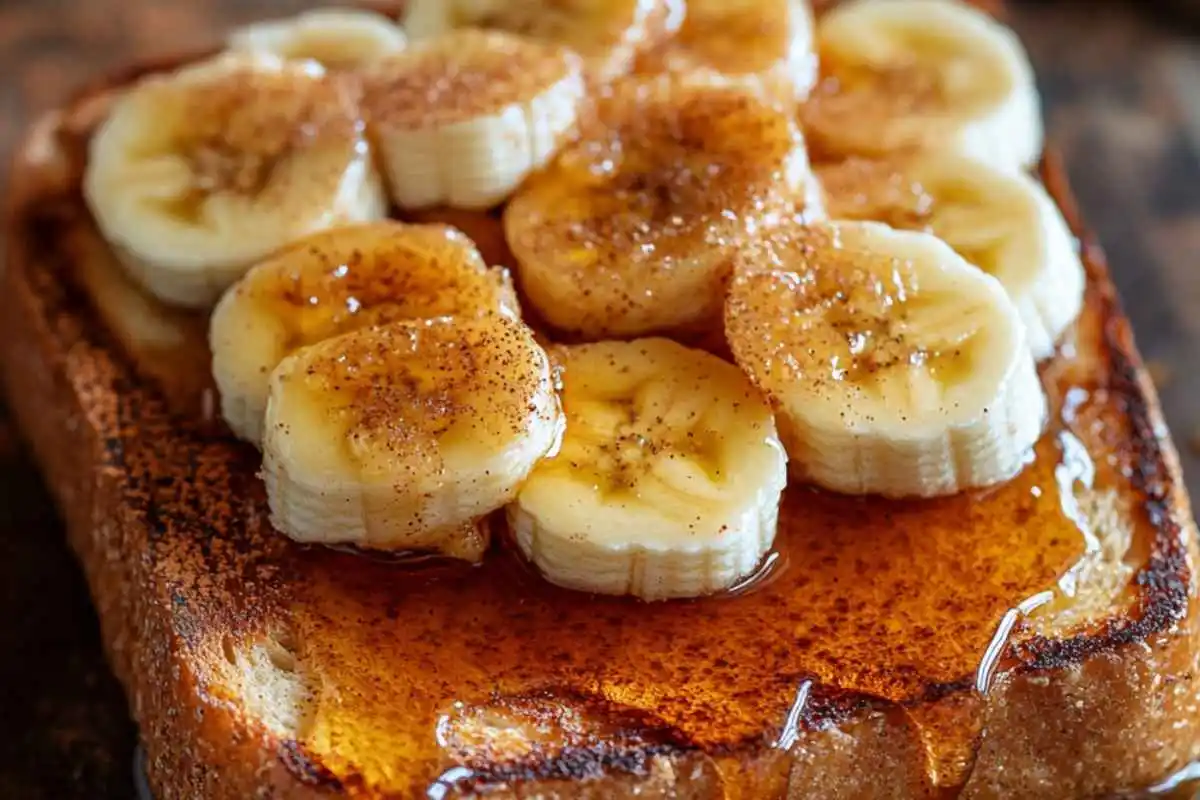
Sweet Variations for Dessert Lovers
If you have a sweet tooth, there are plenty of ways to take honey butter toast to the next level. Sprinkle a pinch of cinnamon sugar over the honey butter for a warm, cozy flavor reminiscent of cinnamon rolls.
Drizzle caramel or chocolate syrup on top for an indulgent treat. Want to keep it fresh? Add sliced bananas, strawberries, or blueberries for a fruity twist.
Savory Twists You’ll Love
Yes, honey butter toast can be savory too! Try topping your toast with crumbled goat cheese or ricotta for a creamy, tangy contrast to the sweetness.
A sprinkle of sea salt or crushed nuts like almonds or walnuts adds texture and depth. For an adventurous option, layer thinly sliced avocado and drizzle with honey—it’s the ultimate mix of sweet and savory!
International Takes on Honey Butter Toast
Globally, variations of honey butter toast abound. In Japan, thick slices of milk bread are toasted and topped with honey butter, often paired with matcha tea for balance.
In Mediterranean cuisine, tahini is sometimes swirled into the honey butter mix for a nutty, slightly savory flavor. Inspired by these takes, you can experiment with unique pairings to make your toast truly stand out.
Conclusion
Honey butter toast is the perfect blend of simplicity and indulgence. Whether you’re craving a quick breakfast, a sweet snack, or a creative twist on a classic dish, this recipe has you covered.
With the right bread, a perfectly blended honey butter mix, and a few creative toppings, you can turn a humble slice of toast into a culinary masterpiece.
So, what are you waiting for?
Gather your ingredients and try making your own honey butter toast today.
Share your creations with friends and family, and don’t forget to experiment with the sweet and savory variations we’ve explored.
Let this golden, buttery treat bring a little extra joy to your day.
Happy toasting!
Honey Butter Toast FAQs
The best bread for honey butter toast depends on your preferences. Brioche is soft and slightly sweet, making it an excellent choice for a rich flavor. Sourdough, with its tangy undertones and hearty crust, is perfect for those who love a crisp exterior. Whole wheat or multigrain bread adds a nutty, wholesome element. Experiment with different types to find your favorite!
Absolutely! Vegan butter works beautifully for this recipe. Pair it with plant-based honey substitutes like agave syrup or maple syrup for a completely vegan-friendly version of honey butter toast.
To avoid messy drips, blend your honey thoroughly with softened butter. This creates a creamy, spreadable mix that adheres well to the toast. Spreading the honey butter while the toast is still warm also helps it melt and soak into the bread evenly.
While honey butter toast is best enjoyed fresh, you can prepare the honey butter mix in advance and store it in the fridge. Toast the bread and spread the mixture just before serving to preserve the crispness.
The possibilities are endless! Popular choices include sliced bananas, crushed nuts, or a drizzle of chocolate syrup. For a savory twist, add a sprinkle of sea salt or a dollop of creamy cheese like mascarpone or goat cheese
